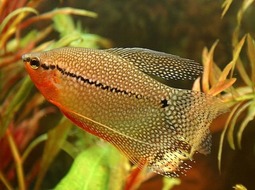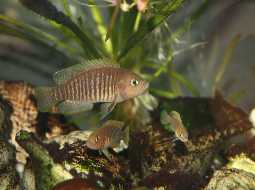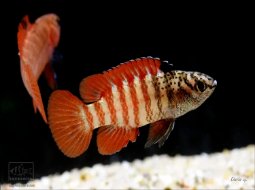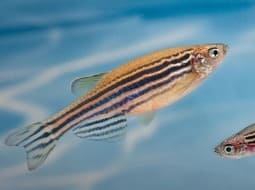
Loading Aqualapp ...
Care and Compatibility of Guppy fish - Poecilia reticulata
Introduction
The Poecilia reticulata, commonly known as guppy, is a small freshwater fish belonging to the livebearer family. Native to South America, the guppy has gained popularity worldwide due to its beauty, ease of breeding, and variety of colors and patterns.
Behavior
Guppies are peaceful and sociable fish that adapt well to community aquariums. They are active swimmers and enjoy exploring their environment. Males are known for their colorful fins and displaying behavior, while females have a more discreet appearance.
Sexual Dimorphism
Sexual dimorphism in Poecilia reticulata is evident. Males are usually smaller and more colorful than females. Additionally, males have a gonopodium, a modified organ for sperm transfer, while females have a more rounded anal fin.
Reproduction
Guppies have a unique reproductive system as they are livebearers, which means the offspring develop inside the female's body and are born fully formed. Females can retain male sperm for months and give birth to multiple fry at different times. This has led to a wide variety of colors and patterns in the species.
Aquarium Conditions
Poecilia reticulata, commonly known as the guppy, is a small and lively fish that adapts well to a wide range of aquarium conditions. It prefers a well-planted aquarium with open areas for swimming and exploring. Maintaining good water quality is important, as well as providing a varied diet.
Feeding
Guppies are omnivorous and feed on a variety of foods. In their natural habitat, they primarily feed on small invertebrates and plant matter. In the aquarium, they can be fed commercial flakes, pellets, or frozen foods. They also enjoy live or frozen foods such as daphnia, brine shrimp, and mosquito larvae.
Complexity
Caring for Poecilia reticulata is relatively easy. They are hardy fish that can survive in a variety of water conditions. However, they are prone to diseases if not kept in a clean and stable environment. They are also known for breeding easily in captivity.
In case you need more help, or if you want to know into any topic related to the Poecilia reticulata (Guppy fish) and even any other species you can use the forums to ask what you need.
To do an analysis more detailed about coexistence and behavior of Poecilia reticulata (Guppy fish) use the Aquarium simulation tool, if you do this you can test different ways to combine the Guppy fish with other fishes giving the dimensions and space on you aquarium, on this way you can known the optimal configuration for keep the fishes that you want.
You can also find out the 82 species compatible with the Poecilia reticulata (Guppy fish) can live together.
Note: The parameters of the water such as PH and temperature are also used to calculate the compatibility of the species.
Compatible species (82)
Compatible (59 Species)
Compatible without any restriction
They can coexist if they are the same size or very similar sizes, it does not work in all cases, there may be exceptions.
Knowing Yourself From Small (1 Species)
If the Angelfish is adapted and used to the presence of these fishes it can tolerate them and live in the same aquarium together.
Similar Sizes (8 Species)
Pueden convivir si son de tamaños similares, pero evidentemente el pez koi ira creciendo y llegara el momento en que podría caber por la boca del pez koi y comérselo.
They can coexist if they are the same size or very similar sizes, it does not work in all cases, there may be exceptions.
With Reservation (7 Species)
The Betta Fish can mistake the colorful tails or fins of the Poecilia reticulata with other bettas, so it could attack them, to reduce the chances of this happening it is recommended to have several Poecilia reticulata living with the betta.
Los guppies tienden mordisquear las colas de los goldfish, hay que tener cuidado con esto.
Guppies tend to nibble on the tails of goldfish, you have to be careful with this.
It can eat small fish that will fit in its mouth at night if they are sleeping on the bottom.
Compatible in some cases, it depends on the nature and personality of the fish.
Considerable size difference (1 Species)
They can coexist while they are similar in size or the size difference is not very abysmal, since as the fish grows it increases the chances of eating its partner that did not grow much.
Food competition (2 Species)
They can live together but you have to be careful since it is likely that the fastest fish will take all the food and leave nothing for their partners who are slow swimmers, so you have to make sure that everyone can eat.
Compatible if space is enough (4 Species)
They can coexist together if the aquarium they share is large and spacious enough for both species to feel good, as some fish may attack others to feel that they have little space and try to eliminate the competition.
The zebrafish or "zebritas" are very fierce and are compatible with authoritarian or territorial fish, to lower the "smoke" a bit to the zebras
Guppy fish
Poecilia reticulata

- Ph: 7.1 - 7.5
- Temperature (c°): 22 - 28
- Measures: 3 cm - 8cm
- Aquarium Capacity:
12 Liters - 3 Gallons - Alimentación: Omnivores
- Colores: Blue, Green, Orange, Red, White, Yellow
- Comportamiento: Active, Peaceful, Shoal
- Habitad: American
- Morfología: Bright colors
- Preferencias del Acuario: Natural plants, Rocks
- Tamaño: Small
- Taxonomía: Fish
- Tipo de Agua: Sweet water
- Velocidad de nado o movimiento: Normal
- Zona de Nado: Swim in the middle of the aquarium

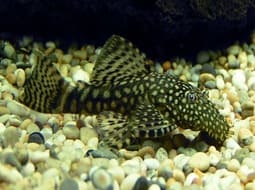

.jpg)
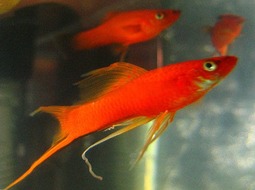
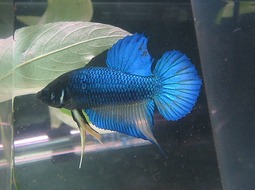
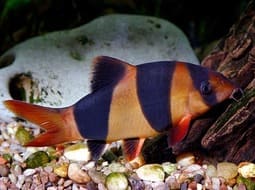



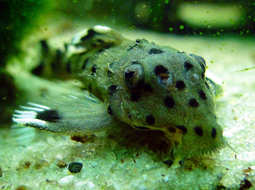
.jpg)

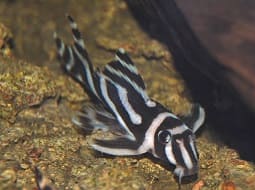
.jpg)
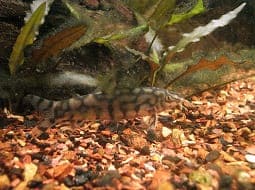
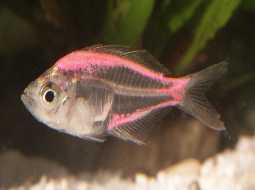
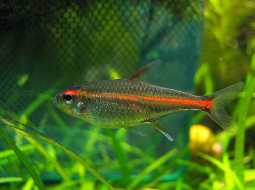
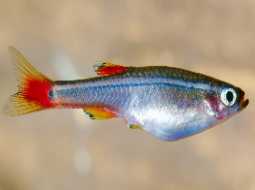
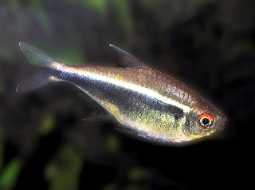
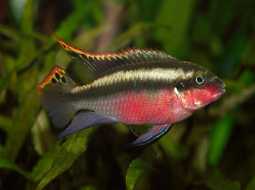
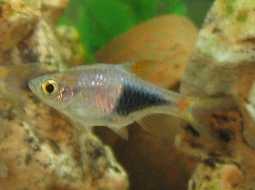
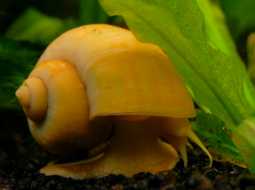
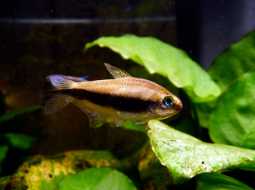
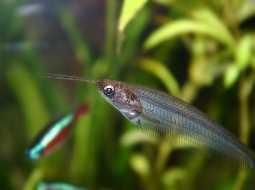
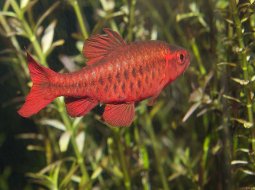


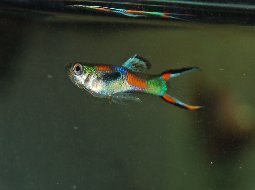

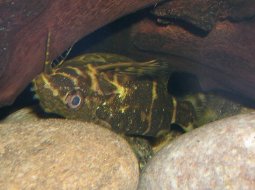

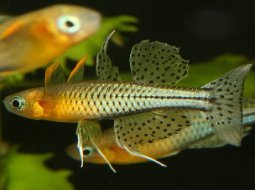
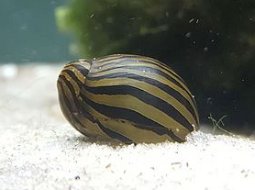


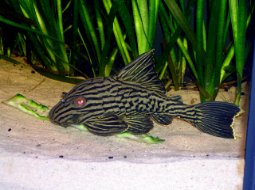
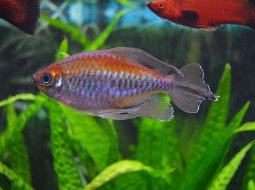

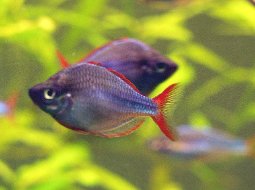

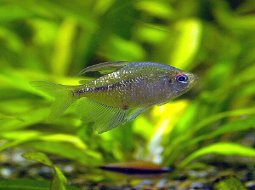



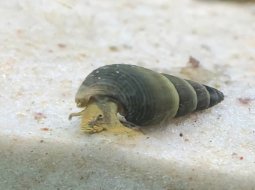
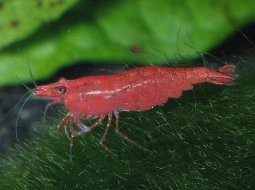
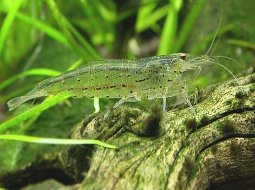
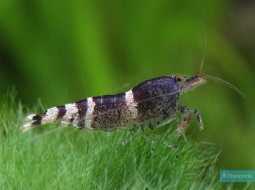

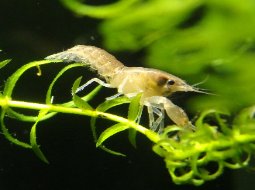
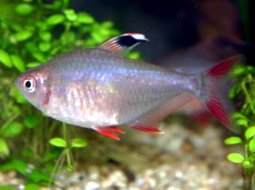

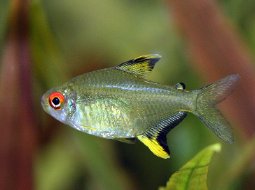
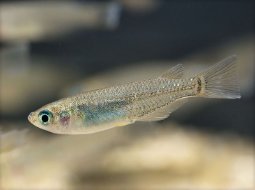
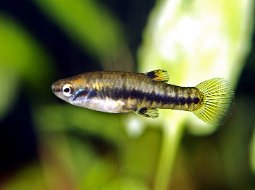
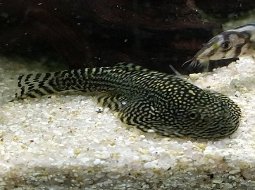
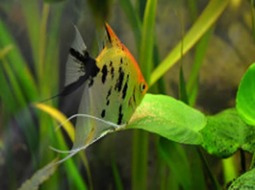
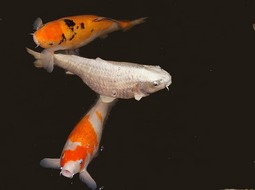
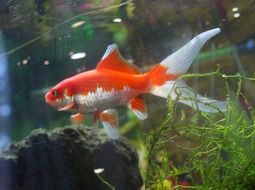
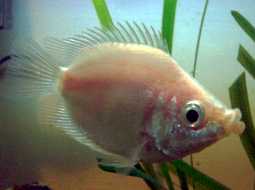
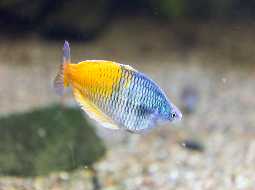

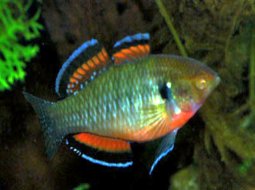

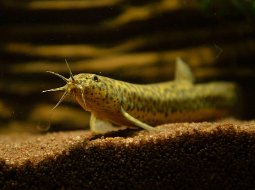
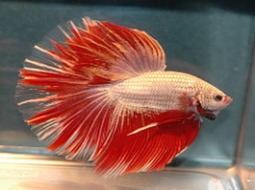
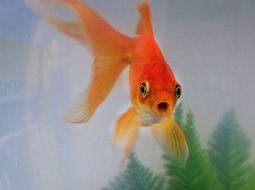
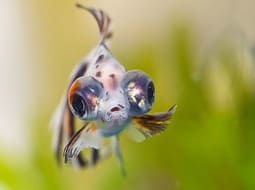


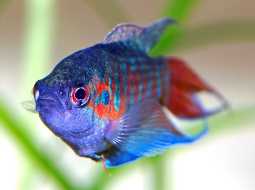
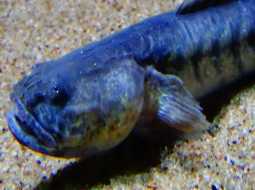

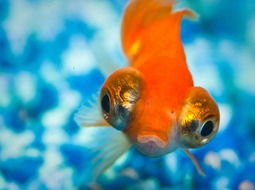
.jpg)
